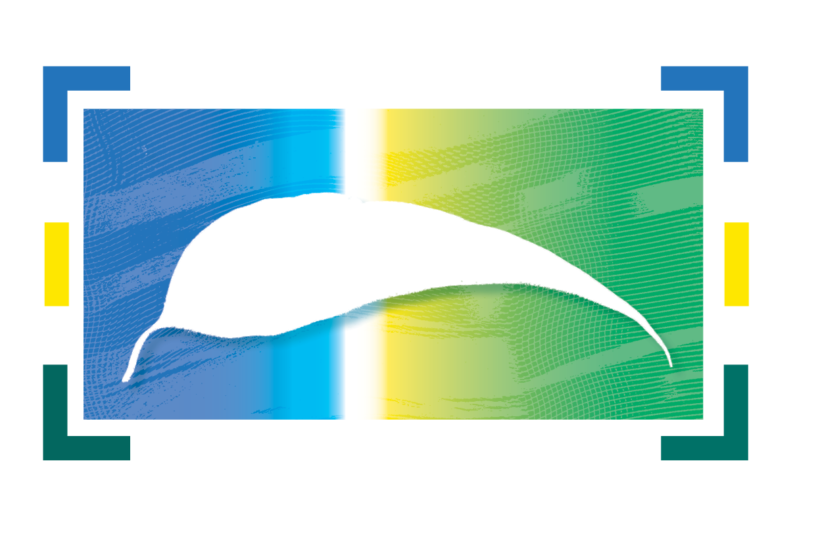- Home
-
Our Work
- People for Nature
- Giant Light Steps
- Environmental Education
- Conserving the Margaret River
- Coordinated Weed Control
- - Arum lily Blitz
- Managing Bushland for Wildlife
- Threatened Species Protection
- - Western Ringtail Possums
- - Black Cockatoos
- - Margaret River Hairy Marron
- - SW Masked Owls
- Caring for Coast
- About
- News & Events
- Resources
-
Get Involved
- Stay Informed
- Ways You Can Help
- Become A Nature Conservation Volunteer
- Become A Citizen Scientist
- Join A Community Or Friends Group
- For Nature Landowner Stewardship Program
- - For Nature: Find Inspiration
- - For Nature: Gain Knowledge
- - For Nature: Make Connections
- Learn About The Environment
- Report What You See
- Join & Donate
- Contact

Nature Conservation celebrates Citizen Science Day by thanking volunteers
Nature Conservation celebrated Citizen Science Day, Saturday 13 April 2019 by thanking our fantastic team of citizen scientists who are assisting us with our Western Ringtail Possum survey program.
These volunteers are out and about in each of our four seasons surveying 12 transects on the Wadandi Track and in priority reserves across region. The 5 year survey program funded by the National Landcare Program through South West Catchments Council (SWCC) and supported by the Augusta Margaret River Shire’s Environmental Management Fund will provide us with information about priority habitat for ringtails so we can better protect this critically endangered species.
After three rounds of citizen science surveys the project is providing loads of valuable data. Whilst it is still early days in the project some interesting results are emerging including:
– a marked increase in ringtail numbers in Spring following breeding;-
– a large percentage of ringtail sightings made in Marri’s highlighting their importance for ringtails in the region; and
– a wealth of opportunistic sightings of other nocturnal mammals and owls.
In addition to the citizen science surveys a targeted survey of the Margaret River foreshore between town and the Rivermouth has also recently been undertaken. This survey spanned six transects covering over 10 km of river foreshore and three round of survey of each transect. The objective of the survey was to identify the favoured habitats along the river foreshore and in turn, highlight the most valuable habitats to protect, enhance and restore through revegetation.
Key findings include:
-While Western Ringtail Possums were identified in all transects surveyed and found throughout the length of the river foreshore, there exists marked differences in the density of sightings observed depending on the vegetation community surveyed;
-The Melaleuca, Karri and Granite systems yielded a relatively low number of sightings – less than 2 ringtails per kilometre of transect surveyed.
-Both the Peppermint and Jarrah/Marri communities yielded significantly higher sightings and clearly represented the preferred habitat along the river.

